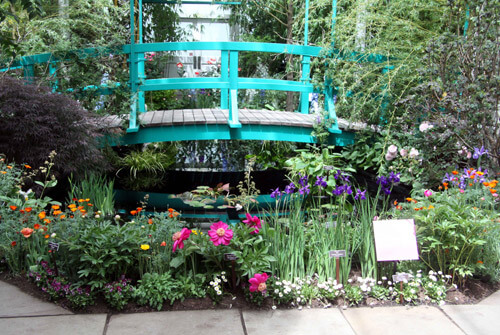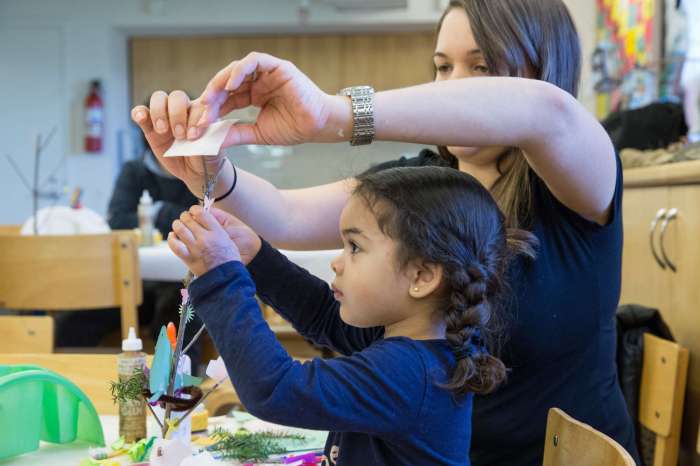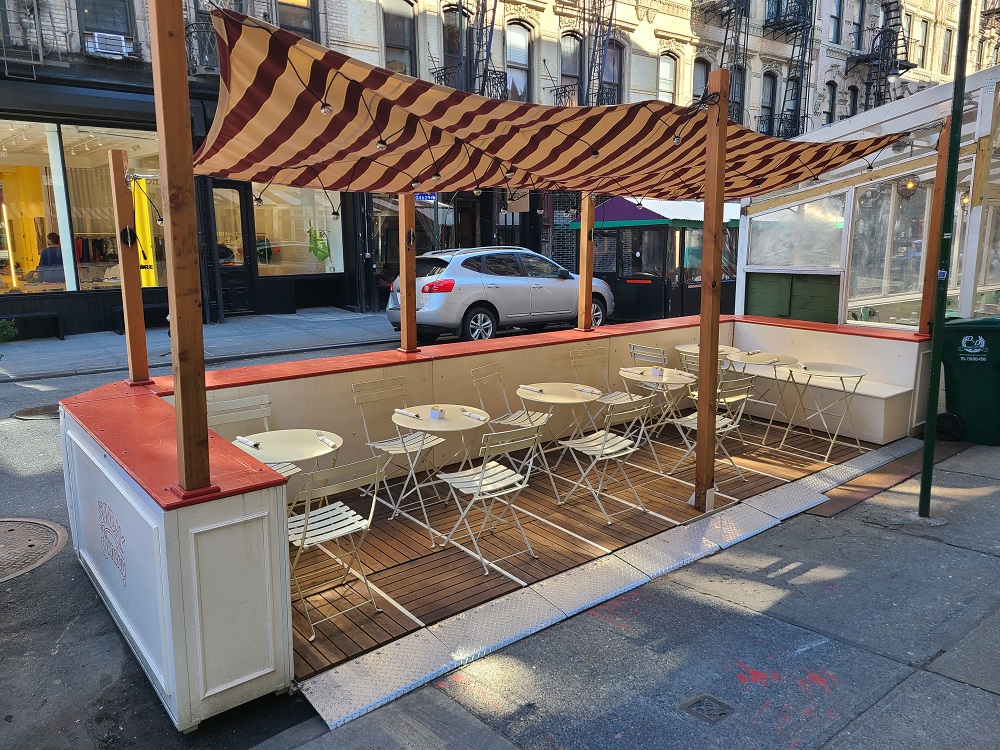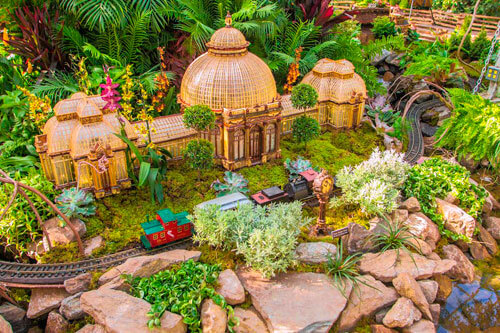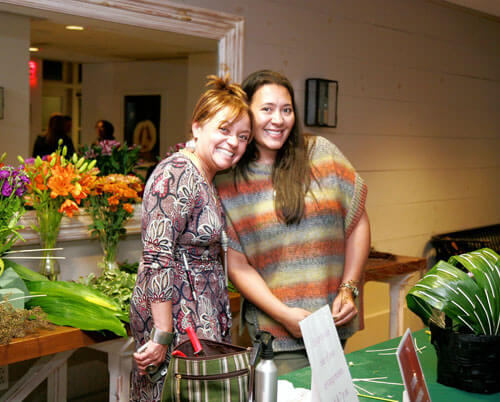To painter Claude Monet, his garden in France was his muse. Now you can visit that garden.
The NY Botanical Garden has opened a brand new exhibit replicating the lush landscape of the famed impressionist painter during the turn-of-the-century.
Entitled “Monet’s Garden”, the exhibit will be on display at the NYBG until October 21, merging the art of landscapes and horticultural passion.
Admirers can visit the Enid A. Haupt Conservatory to see a recreated portion of Monet’s countryside garden in Giverny, complete with identical floral fantasies Monet nurtured for decades.
It includes his iconic Japanese bridge that inspired “Bridge over a Pool of Water Lilies” in 1899.
And like the changing of the seasons, the exhibit will take on several transformations, starting with the Spring Garden inside the conservatory. The exhibit will shift to the courtyards where Monet’s water lilies will be shown.
Over at the Rondina Gallery, two rare paintings from the French master will be on display – “The Artist’s Garden in Giverny” and “Irises”, on loan from Yale University and a private Swiss collector respectively.
Irises has never been on display before, according to curator and Professor Paul Hayes Tucker.
“It’s the first time there’s ever been an exhibition in which there are original works of arts and the evidence of his inspiration,” said Tucker.
Taking photos of the rare works, however, is strictly prohibited to preserve the fragile paintings.
Todd Forest, vice president of Horticulture, said the project was in the making for three years. Researchers needed time to dig through the type of plants Monet had during the 1900s.
“Copies of invoices from 1904 were taken from Latour-Marliac Nursery where Monet purchased water lilies,” said Forrest. who worked with accomplished set designer Scott Pask in turning the conservatory into Monet’s garden.
Monet, who specialized in floral landscapes, drew his inspiration from his garden from his quaint home he bought in 1883. Over time, he transformed the kitchen garden into a hybrid layout made up of irises, bulbs and perennials.
His combination of plants and their colors were extremely important to Monet, according to Forrest. “The relationship of colors was no less important than his works of art.”
He eventually purchased the home and expanded his garden, much to the chagrin of the townspeople.
“The garden was my greatest masterpiece,” said Forrest.
Reach reporter David Cruz at 718-742-3383 or email dcruz@cnglocal.com.

